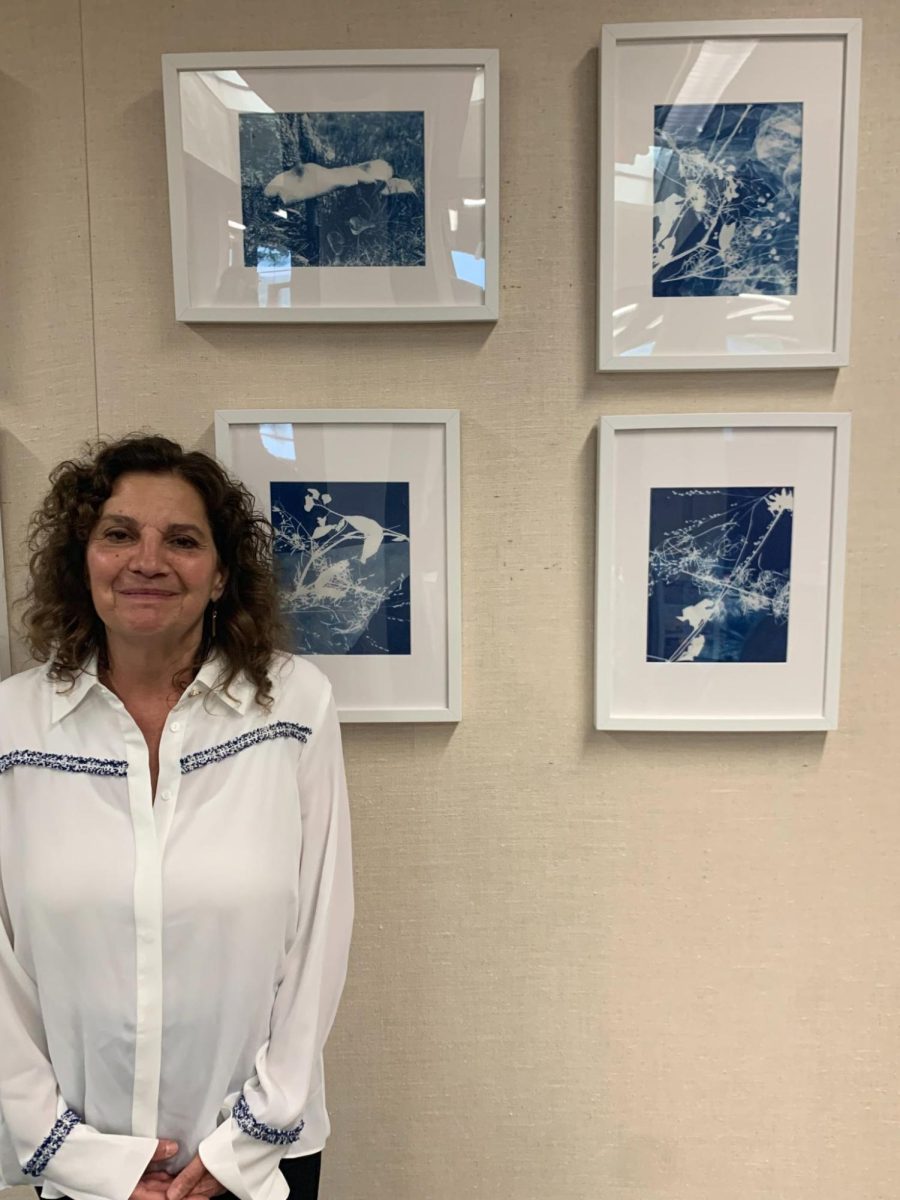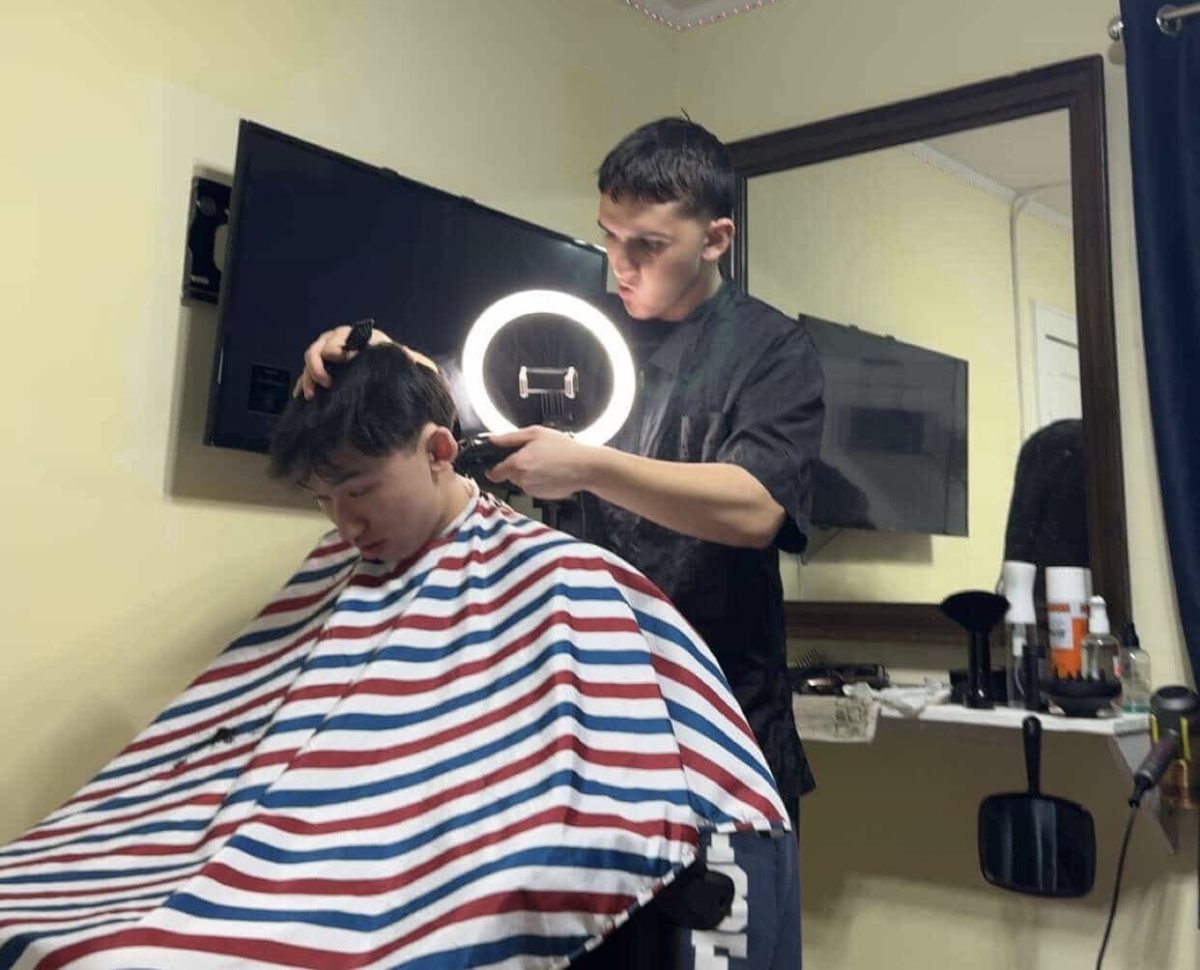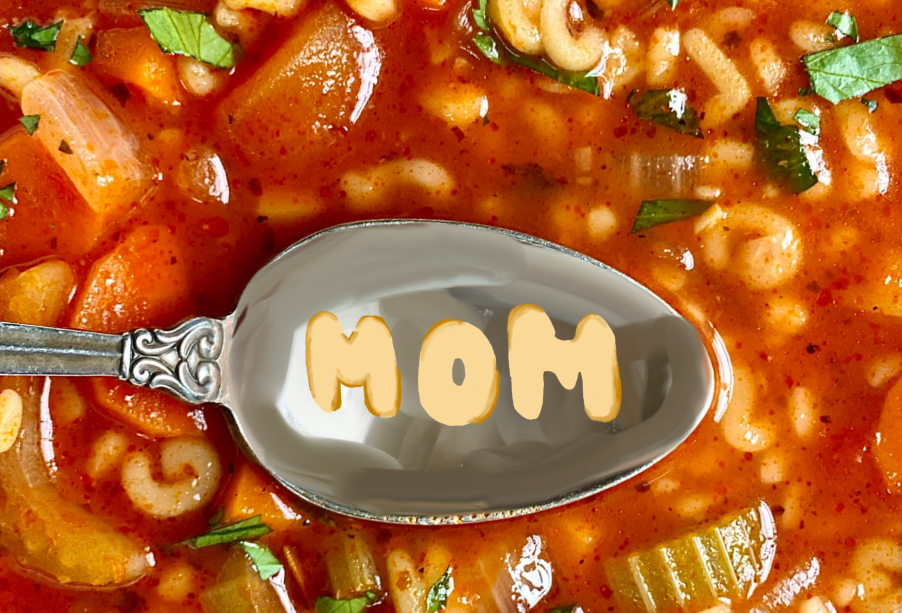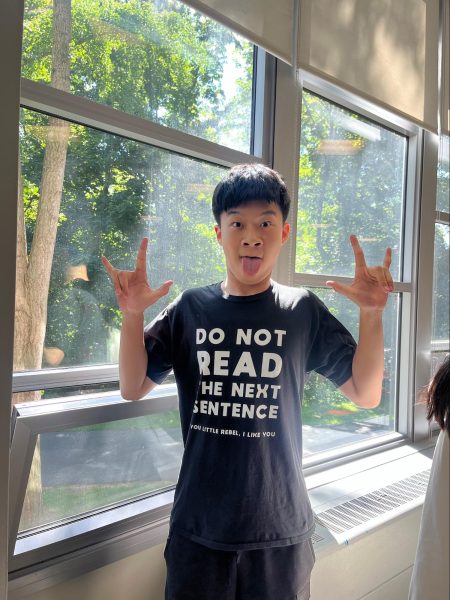Ms. Lisa Stancati, an art and photography teacher at South High, meanders through the forest, the morning leaves posing under her watchful eyes. Spotting a potential subject, she positions her camera, snaps a picture of Asclepias Tuberosa, and continues her walk. These habitual treks through her backyard forest would eventually result in the genesis of her photography exhibit: Flora and Fauna. This new exhibition focuses on Ms. Stancati’s interaction with the environment and the world around her.
Through a grant from the Huntington Arts council, Ms. Stancati exhibited her work at Port Washington Public Library with a public reception a week into the exhibit. In her journey, Ms. Stancati also faced some adversity. Three years prior, Ms. Stancati applied for the same grant but failed to receive it. This setback allowed her to more fully develop her ideas.
When Ms. Stancati’s initial idea sprouted, it was solely about capturing the environment. “My inspiration was my own garden and gardens in the community, like ReWild Native Plant Garden and Gerry Park, where I like to spend my time. I’m also an avid gardener.” However, as the ideas grew, the photographs became more interactive: “I was more interested in putting myself in the landscape the second time around. So most of the photographs have me interacting with the plants, whether that be through my hands directly through the picture, or by layering them over in Photoshop.”
When generating the photographs, Ms. Stancati underwent an “artist’s journey,” revising and tweaking her work. This concept is evident in the cyanotypes, which she describes as “turn of the century, blueprint-like photographs.” In fact, creating cyanotypes involves a series of active steps reminiscent of old-school photography techniques. Ms. Stancati explained, “I love the process. You put the picture in a contact frame under a piece of glass, and you let the sun expose it. Then you rinse it off in your sink, and the water hits it. It’s really fast and very hands-on, not a digital process at all. I’ve even incorporated my own handwriting into it with botanical names of plants.”
As Ms. Stancati considered where her work would take her next, she started thinking about another community she was a part of: school.
In an effort to incorporate a student aspect, Ms. Stancati reached out to the environmental clubs TUGI (The Urban Garden Initiative) and AREA-C (Animal Rescue and Environmental Awareness Club). Aided by advisors and club leaders, like co-president of TUGI Ann “Annie” Yao, an activity was planned in which members would cooperate to make “seed paper” squares. Yao said, “The idea came from Ms. Brighton, advisor of AREA-C club, and so she had a lot of ideas concerning recycled paper and environmental problems. And when I sent the idea to Ms. Stancati, she was totally on board.”
Like the cyanotypes, the construction of these squares was very hands-on, with club members. Yao said, “We collected a ton of paper, mainly from old tests and homework, shredding it, and then using our hands to mush it into a sort of pulp. Then, using Mr. Graham’s old shirt scraps, we compressed the pulp into small squares and sprinkled them with native seeds like joe pye weed, vervain, and milkweed. We also decorated them with pressed flowers, and in total about 105 seed paper squares were made.”
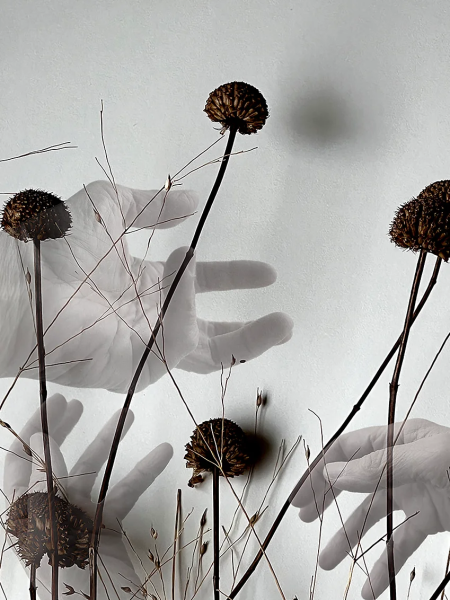
With invitations sent, photos framed, and seed-paper ready, Ms. Stancati was prepared for her reception. But even at the final stage of her journey, she continued to refine her work. “Right up to when I had all of those pictures framed and lined up ready to go, I looked at one and was like ‘Oh man, I gotta swap that out, I think I like the other picture better.’” But she resisted the urge and left the photographs the way they were, then drove to the reception—the climax of her adventure.
As the percussion of heavy rain splashed atop the Port Washington Public Library, gardeners, friends, colleagues, and students of Ms. Stancati wandered through the reception, saying hello and admiring the photographs. Along with the photos, an assortment of snacks was offered, and two students distributed the seed papers to curious visitors. The exhibit closed on October 31, 2023, but even after her exhibition, Ms. Stancati is not finished. Fueled by inspiration and art, Ms. Stancati said, “I am already thinking about what I want to do next, where I want to apply, and how to get something out there. It’s what keeps me going.”


